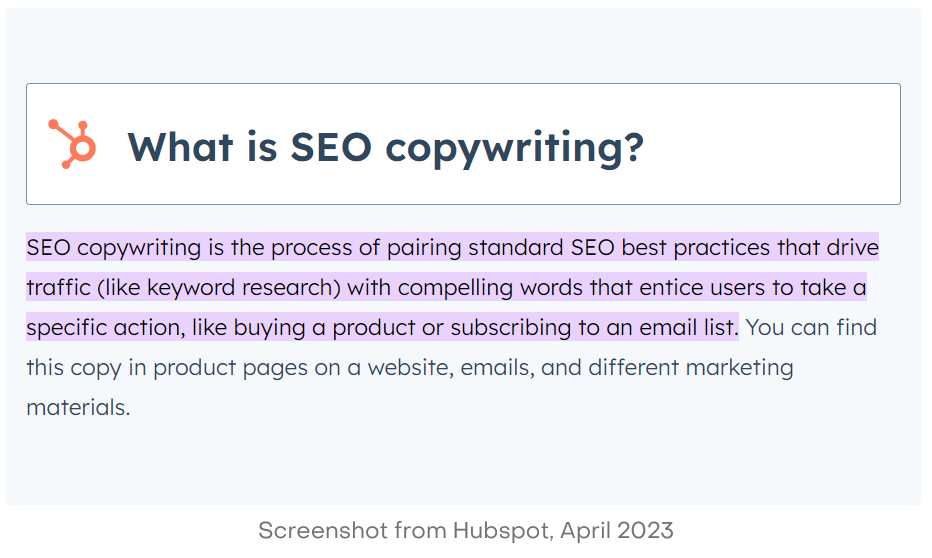The Overlooked Power of Paid Search for Manufacturers
Read Storyby RefractROI
Reading time: 4 minutes
In copywriting, you have one goal: to get visitors to read the next sentence, the next paragraph, and click onto the next page and read that. And the sentence after that. Given that the majority of your visitors will spend less than a minute on your web page, you have your work cut out for you. While following the technical rules of SEO is fairly straightforward, pleasing visitors is often an unpredictable, complex science involving skill, experience, and a hefty amount of “going with your gut.” Each individual is unique, so catching the interest of every single person that visits your site takes a special touch and a few tricks up your sleeve.
Search intent is the term used to describe the purpose or intent behind a person’s search engine query and SEO professionals often narrow it down into four different categories: informational, transactional, navigational, and commercial. When you consider the intent behind your target keywords, you can choose the proper type of SEO content or copy to create. With blogs, Google tends to rank them best when they include informational keywords, whereas general web pages and product or service pages rank best with Google when transactional keywords are used.
Once you have your keywords chosen for your given type of content (and you have search intent in mind!), it’s time to consider what place they should have in your header, titles, and meta descriptions. Giving your keywords prominent placement through your SEO copy or content is one of the most fundamental practices in SEO, so optimizing these key bits of language with keywords give your page the best chance to rank well and reinforce that your visitors are in the right place. You can choose to either write first and add your keywords in later, or start with your keywords as your foundation: it’s up to you.
Whether you’re writing a blog, a web page, or anything in between, your ultimate goal is to encourage your users to your ideal conversion. That’s where your CTAs come into play. Depending upon the search intent of the SEO content or copy you’re writing, you can strategically write your CTAs. For example, if your audience is looking for informational content, your CTA can encourage them to visit an additional service or product page next. This can improve your content and copy’s conversion and ROI, as well as improve your bounce rate and send positive engagement signals to Google and Bing.
In February 2021, Google announced the launch of passage ranking in the U.S. and since then, Google has indexed and ranked specific passages of content in addition to the entire web pages these sections are found on. Prior to this, even if a small amount of content on a blog or web page answered a person’s search query while the rest covered a different topic, that page was seen as irrelevant by Google. After the update, Google could identify the relevance and value of that portion of the total content and recommend it in SERPs.

Once a person clicks on a search engine result, it would take them to that page where they would see the relevant content highlighted, taking them directly to the answer. This rewards high quality writing and, while it only asks writers to continue this, it is worth looking at each section of copy or content as its own, potentially standalone piece of content for both SEO and quality purposes.
Regardless of the type of SEO copy you’re writing, keep an eye on the length of your sentences and paragraphs. When a reader sees long paragraphs, they often skip them, seeing them as either too long or too difficult to read and long or run-on sentences are usually viewed the same way. If you find yourself frequently writing paragraphs that surpass 115-130 words, consider breaking them into two smaller 50 or 60-word paragraphs. With your sentences, practice making 25-35 words your limit without oversimplifying too much. Both these practices together will help increase your Time On Page and show Google that readers believe your SEO content is worth reading.
As with technology, language, and a variety of other things, your content will become outdated with time. When new information comes available, you’ll need to address the incorrect references and inconsistencies in the copy and content across your website to continue providing a high-quality experience to your visitors. A great rule of thumb across the board is to revise and update your evergreen content at least once a year. However, you can absolutely update what you’ve written sooner than that if you notice certain pages to underperform quicker than others.
We’ve said it before, and we’ll say it again: Google continues to double down on making User Experience one of its highest priorities. When it comes to effective SEO copywriting, you need to balance writing for the humans reading your content, as well as the bots that help to crawl, index, and rank it. By putting these techniques into practice, you can get ahead of your competitors – or at least stay in the game. If you want to learn more about copywriting for SEO, link-building, web development, and more, RefractROI provides the expertise to help you understand the world of digital marketing. Contact us to learn more about how our team can help you today.
Hey there, anything we can assist with?